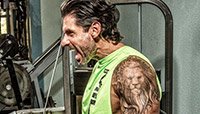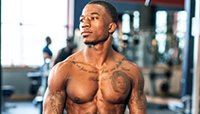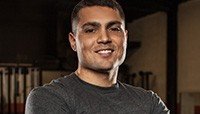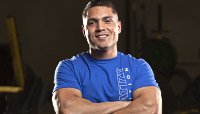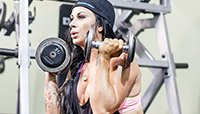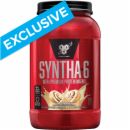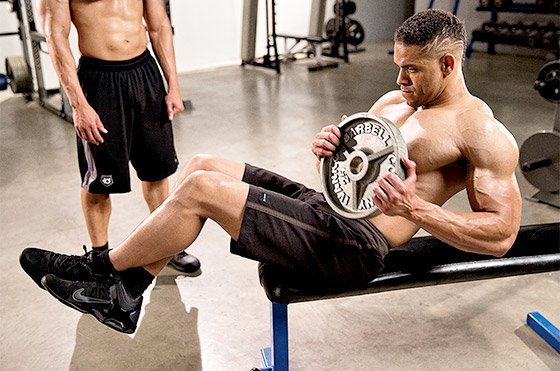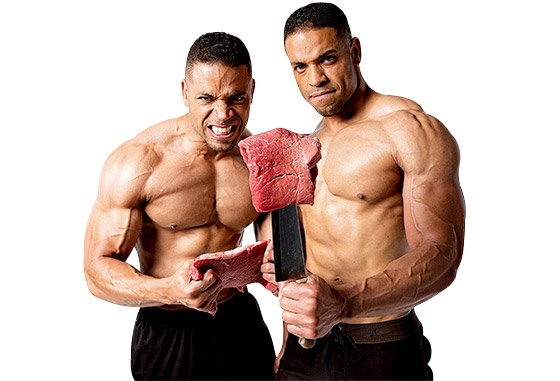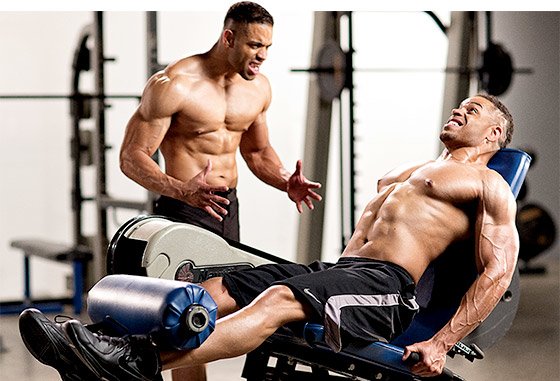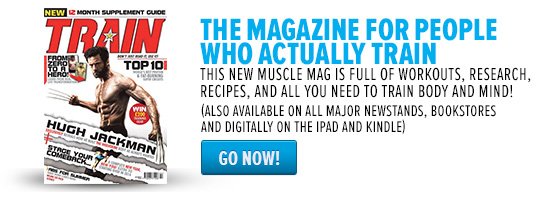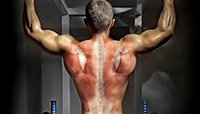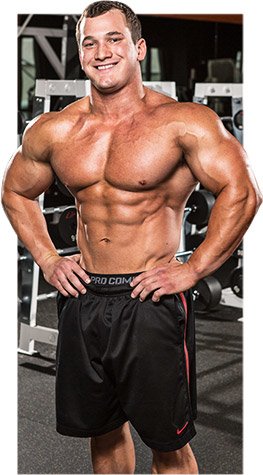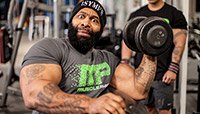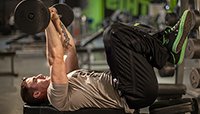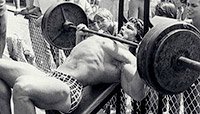![]()
GALVESTON, Texas, Nov 24 (Reuters) – When Hurricane Ike hit this city on the Gulf of Mexico, William Merrell found himself trapped in a second-floor apartment as storm waters coursed eight feet deep through the floor below. “I had time to think,” said the professor and chair of marine sciences at Texas A&M University Galveston.
One thing he thought about was the Dutch Delta Works, a vast coastal protection system he had seen several years earlier on a trip to the Netherlands.
That led to his big idea: build a 60-mile-long, 17-foot-tall dike that would guard against the next hurricane that hits the long, thin barrier island on which Galveston sits. Like its Dutch inspiration, his idea included massive gates that would swing shut as a storm approached, blocking the 1.7-mile-wide entrance to Galveston Bay. The gate would protect low-lying parts of metro Houston, home to hundreds of thousands of people and an oil and petrochemicals complex essential to the U.S. economy.
Ike hammered Galveston and its 57,000 inhabitants, funneling a surge of water around an existing seawall and into the bay. Eighty percent of Galveston’s homes were damaged or destroyed, including Merrell’s apartment building. The hurricane killed 112 people in the U.S., including 36 in the Houston-Galveston area alone, and caused nearly $30 billion in damage.
The toll left little doubt that something was needed to defend residents and the U.S. economy against the next big storm. “It’s a national security issue,” said Bob Mitchell, president of the nonprofit Bay Area Houston Economic Partnership.
Six years on, Galveston and Houston, the nation’s fourth largest city, are as vulnerable as when Ike hit. No major projects are under way to fend off surging seas.
Instead, Merrell’s “Ike dike” remains the leading proposal for coastal defense. Nineteen cities and towns lining Galveston Bay back it, but with an estimated cost of $6 billion, the Ike dike is far from a done deal. It has no big money behind it. For the Ike Dike to evolve beyond wishful thinking, Texas would have to get funding from Congress and support from the U.S. Army Corps of Engineers, the go-to federal agency for coastal protection.
But the corps has been sidelined by new spending limits, and Texas’s advocates in Congress have been silent. Major local powers – the city of Houston and the oil and petrochemicals industries – have yet to weigh in on Merrell’s plan or a competing idea pushed by Rice University.
“It’s absurd it’s been so slow,” Merrell said.
POLICY VACUUM
The paralysis in Texas reflects a troubling truth: The United States lacks a unified national response to the threat posed by rising sea levels. The policy vacuum leaves vulnerable communities to come up with their own self-defense plans and then hope to snag federal dollars before the next big storm.
“Without some sort of national perspective on this, it pits parts of the country against each other And Houston is stuck right in the middle of it,” said Richard Luettich Jr, a marine scientist at the University of North Carolina in Chapel Hill and chairman of a National Research Council panel on coastal risk. The panel in July said U.S. government agencies have “no central leadership or unified vision” on reducing coastal risk – a failure that extends even to towns that are literally washing into the sea.
As previous articles in this series showed, the threat of rising seas is not an alarmist prediction. It is already a reality, resulting in increased tidal flooding and worsening storm damage along much of the U.S. coast. And even as the water has risen, subsidies for flood insurance, utilities and disaster bailouts are encouraging development along some the nation’s most at-risk shores.
For places like the Texas Gulf coast, which on average gets slammed with a major hurricane every 15 years, higher waters mean a storm today will tend to be much more dangerous than one of equivalent strength several decades ago.
“Sea level is not going to kill you today,” said Larry Atkinson, a professor at the Center for Coastal Physical Oceanography at Old Dominion University in Norfolk, Virginia. “It’s the storm surge that comes on top of the sea level rise.”
The probability of a flood in New York like the one that accompanied Hurricane Sandy in 2012, while still low, has increased about 50 percent since 1950, and tripled for parts of the New Jersey shoreline, researchers from the National Oceanic and Atmospheric Administration said in a September 2013 report.
That adds up to a lot of people and property at increasing risk.
At least $1.4 trillion worth of property – homes and businesses – sits within about one-eighth of a mile of the U.S. coastline. That number comes from a Reuters analysis of data provided by RealtyTrac. Incomplete data for some areas means the actual total is probably much higher.
More than 40 counties have coastal property worth $10 billion or more, the analysis found. In Miami-Dade County alone, about $94 billion worth of property lies along tidal waters.
Despite so much at stake, Washington shies away from large-scale action to defend the coast. Instead, it focuses on holding the line with smaller, temporary measures – dumping sand on eroded beaches, or building seawalls, breakwaters and berms to protect scattered sections of populated shoreline.
The price of these piecemeal measures is high: New seawalls average $36 million per mile, and a new levee is $10 million per mile, according to a 2010 study by Old Dominion. That doesn’t include maintenance.
But failure to act carries a high cost, too. In Galveston County, nearly 70 percent of businesses and 75 percent of jobs are in hurricane flood zones, according to a Reuters analysis of data compiled by the U.S. Bureau of Labor Statistics. The picture is similar in other parts of the country: In Norfolk, 76 percent of jobs are in hurricane flood zones. In Charleston, South Carolina, it’s a little more than half.
The federal government has typically waited to take major preventive action until after a disaster, when public awareness provides political impetus.
After Hurricane Katrina in 2005, emergency congressional action gave Louisiana $14.5 billion to build a comprehensive system of levees, dikes and floodwalls to safeguard the New Orleans area. This year, the levee system was accredited as safe enough to allow residents to get cheaper flood insurance.
Similar moves after Hurricane Sandy in 2012 provided much of the $20 billion New York City needs over the next decade to build 250 projects to protect against storm surges.
Many other cities with tens of billions of dollars in assets at risk have no recent storm to point to. They remain vulnerable. Norfolk’s mayor says his city needs a billion dollars for flood gates, raised roads and storm water improvements to protect its shoreline.
THAT OTHER DISASTER
Ike was the third most destructive storm in U.S. history after Katrina and Sandy. It would seem to have justified action on behalf of metro Houston.
But two days after Ike hit, investment bank Lehman Brothers filed for bankruptcy, triggering a global financial crisis that quickly overshadowed Texas’s natural disaster. The state didn’t ask for any money for prevention, just for relief to clean up the mess. Galveston was represented in Congress at the time by libertarian Republican Ron Paul, who voted against any Federal Emergency Management Agency disaster aid anywhere. Paul declined to comment.
“All the coverage Katrina got and Sandy got, Ike just didn’t get,” Merrell said. Now, years later, “it’s hard to get someone’s attention when there’s not a hurricane.”
Most of the post-Ike disaster relief FEMA gave Texas has been spent to rebuild in the same places, as required by federal law. The agency is also offering subsidized flood insurance, another incentive to rebuild in harm’s way. Last year, Houston and Galveston officials and homeowners joined a nationwide rally to prod Congress to maintain below-market rates on flood insurance.
Galveston, like many cities along the nation’s imperiled shores, continues to encourage development. Over the past two years, the Galveston planning commission approved 81 of 85 applications to build even closer to the beach than normally permitted by state law, records show. New development is rising along the disappearing shore. Many of the expensive homes are perched on stilts.
Galveston and hurricanes have long shared a singular notoriety. On Sept. 8, 1900, an unnamed hurricane nearly wiped the city off the map, killing more than 6,000 people. To this day, it remains the deadliest natural disaster in U.S. history.
Within a couple of years, construction was under way on a seawall to protect the city at the northeastern end of the island. It now stands 17 feet high. Originally about three miles long, it was extended over the ensuing decades to its current 10-mile length.
But Galveston Island is nearly three times longer than that. Most of its Gulf-facing shore remains exposed. Ike’s storm surge didn’t top the existing seawall, but it did go around it. A 20-foot-high surge shot into the bay, wreaking havoc.
Even without storms, rising seas are chewing away at the island’s unprotected beaches at a rate of two to 11 feet a year. The tide gauge at the city’s Pier 21 has shown a rise in relative sea level of 25 inches since 1908 – the largest increase over the past century at any of the scores of gauges monitored by NOAA.
About one-third of that rise was from oceans rising globally as water warms and polar ice melts. The remaining two-thirds resulted from land sinking due to subsidence, which happens when the removal of underground water, oil and gas causes the land to pancake.
Galveston Island is far from the only thing at stake. Between it and the mainland is Galveston Bay, connected to Houston by the 50-mile Houston Ship Channel, home to one of the world’s busiest ports. The entire area, once marshy wetlands, is lined with suburbs and at least $100 billion in oil refineries, chemical plants and related infrastructure. Metro Houston accounts for about 26 percent of U.S. gasoline production, 42 percent of base chemicals production, and 60 percent of jet fuel output.
A 25-foot storm surge pushing into the bay and up the ship channel would cause “economic catastrophe” to the nation and poison the bay in “the worst environmental disaster in United States history,” according to Rice University’s Severe Storm Prediction, Education, and Evacuation from Disasters Center. The Ike surge was just shy of that scenario.
“We do think we have a strong case for a national strategic asset,” said Robert Eckels, a Houston lawyer, businessman and former chief executive of the Harris County government. Eckels was appointed a month after Ike to chair the Governor’s Commission for Disaster Recovery and Renewal.
A RIVAL APPEARS
The commission first heard Merrell’s pitch four months after Ike. Members liked what they heard and recommended a feasibility study. In early 2010, the commission created a six-county “recovery district,” a non-profit also headed by Eckels, to look at ways to protect metro Houston. It promptly ran out of money: The $4 million for the study got tangled in a legal dispute over funding for rebuilding public housing in Galveston.
For the next three years, the recovery district was dormant.
Meanwhile, Rice University’s Sspeed Center in Houston had come up with a rival plan – and it didn’t include a wall along the gulf.
Instead, the Rice team proposed building what it called the Centennial Gate farther inland, at the entrance to the Houston Ship Channel. The gate’s two metal walls would swing shut to block any storm surge threatening the area. The cost, about $1.5 billion, could be at least partly covered by bond issues backed by taxpayers or industry, the Rice team said.
Merrell rejected the Rice plan as “a waste of money.” Any effective protection for the entire area would, like the Dutch Delta Works, have to armor the outermost shore, not the inner bay, he said.
Jim Blackburn, a professor of environmental law at Rice’s engineering school, helped develop the Sspeed Center’s plan. He criticized the Ike dike for protecting shoreline that should be left in its natural state. “Perhaps the coast should just be a place to visit,” Blackburn told reporters in 2009.
Galveston Bay has lost a third of its wetlands to development since the 1950s, removing a natural buffer against flooding and storm surge. The Rice plan would set aside about 225,000 acres of low-lying land and undeveloped coast around the bay to reduce storm risk. This proposed national recreation area would also draw in birdwatchers, kayakers and other tourists. “A no-brainer,” Blackburn said.
But communities around Galveston Bay hit hard at the Rice plan for leaving them unprotected outside the Centennial Gate.
“Collateral damage,” is how a LaPorte City Council resolution described their city’s fate under the plan. A blogger complained: “They have already drawn us off the damn maps.”
Past attempts to protect vulnerable shores have run into the same problem.
The new levees around New Orleans don’t protect towns just to the north, south and west. Residents of LaPlace, a town of 32,000 people northwest of New Orleans, blamed the improved levees protecting their neighbors for their own unprecedented flooding by Hurricane Isaac in 2012.
A centerpiece of New York’s plan – 10 miles of berms and floodwalls forming a “Big U” around lower Manhattan – would safeguard Wall Street. But some people complain it would push more water onto New Jersey, Brooklyn and Queens shores.
Merrell’s Ike dike plan elicited similar complaints. Initially, he suggested that the dike simply trace a path from the end of the existing seawall along a highway that weaves beside the shoreline to the southwestern tip of the island. The highway would be raised atop the new wall.
But the strip of land that would lie between highway and beach contains $810 million in real estate, 11.2 percent of the island’s total, according to the county appraisal office. And if it were left outside the Ike dike, it could be washed away.
“If it’s on the highway side, it’s going to leave us underwater,” said Tom Booth, a retiree who lives with his wife in a condominium between the highway and the breezy shore where pelicans patrol the sky.
PLUGGING AWAY
As a solution, Merrell would build the wall right along the beach and cover it with sand and salt-resistant plants to emulate a dune line. That revision still raised issues of cost, lost views and restricted beach access, among other things.
Merrell continued to refine and tout the Ike dike plan. He talked frequently with engineers he met through connections at Delft University of Technology, which helped design the Dutch Delta Works. In September 2012, he helped lead a group of two dozen Texas business people, academics and engineers on a tour of the Netherlands’ flood and erosion projects. Many of these were started after the North Sea flood of 1953 killed nearly 2,000 people.
For now, his Ike dike idea and the competing Rice concept are staying alive on local grants – $4 million here, $3 million there. Area politicians have been pressing the two camps to unite. And recently, the Rice team modified its plan so that it resembles something very close to the Ike dike: In addition to the gate on the Houston Ship Channel, it now has sea gates and raised highways along the Gulf shore, eliminating the major objection that it left too many communities exposed.
But with no agreed-upon proposal to evaluate, the all-important Army Corps of Engineers has remained out of the picture. Sharon Tirpak, the corps’ project manager for a Texas coastal flooding study, stopped looking at Galveston Bay earlier this year after Congress imposed a three-year, $3 million limit on feasibility studies. Those caps are too strict to allow for the large studies required for the type of big fix metro Houston needs.
Only a congressional waiver can get around those limits, and as Tirpak told the Galveston City Council in April: “The political support, you don’t have it in Texas.”
She had a point.
Governor Rick Perry hasn’t commented publicly on the Ike Dike or any other storm protection plan. The state’s two U.S. senators, Republicans Ted Cruz and John Cornyn, are noncommittal, as is the U.S. congressman who replaced Ron Paul.
The oil and petrochemical industries, whose multibillion-dollar facilities would be protected by both competing plans, is in a delicate position: Texas leads the nation in emitting greenhouse gases, which are at the heart of the debate over human-induced climate change and thus rising sea levels. The industry’s powerful lobby said it is still evaluating the rival proposals. Edited by John Blanton
(Edited by John Blanton)



